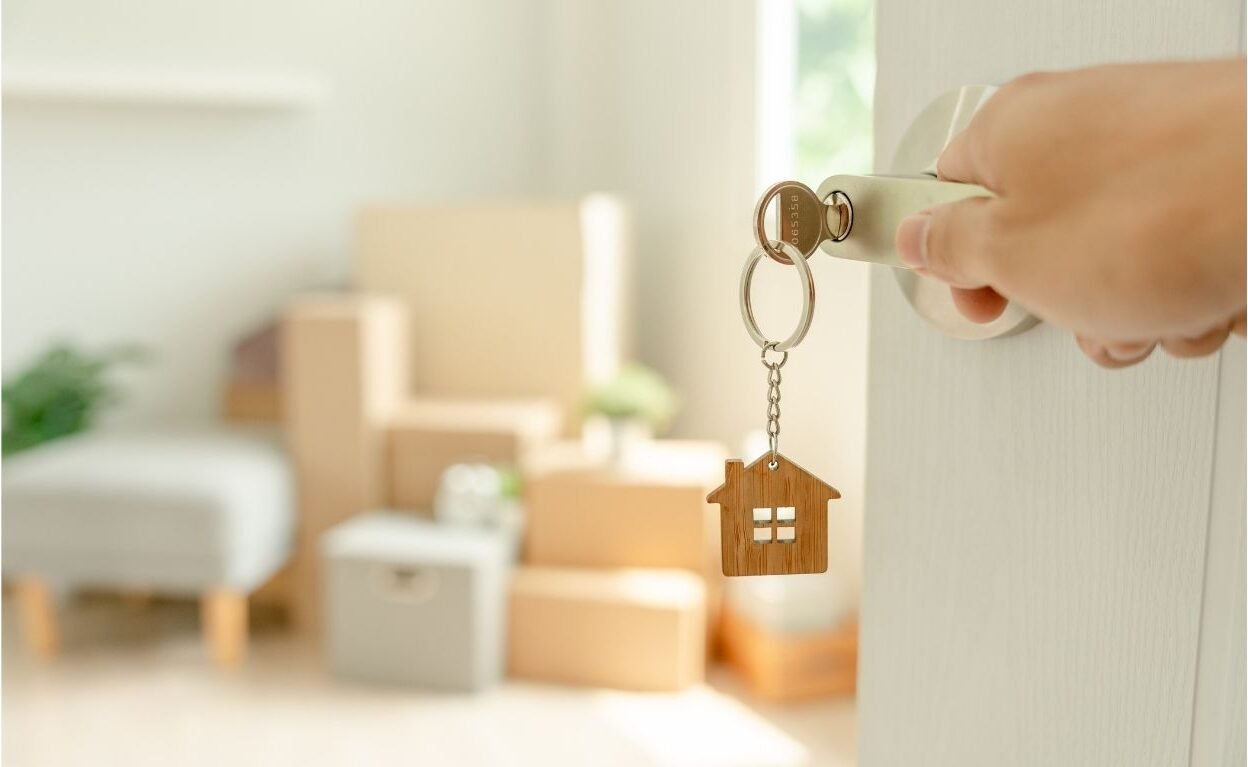Creating healthy living environments depends heavily on informed choices. An understanding of eco-friendly products and materials makes it easier to design, decorate, build, or renovate any living space. This is where labels and certifications for healthy indoor environments can help guide us towards making better choices, avoiding chemicals and minimizing toxins.
This handy guide will help create healthier built environments. From formaldehyde-free upholstery to responsibly sourced wood and low-emitting materials, each certification represents a commitment to a better, safer, and more sustainable future.
The labels are categorized further into four sections to provide you with a clear guidance: toxicity and safety standards, sustainability and ethical practices, environmental responsibility, and biodegradability and recycling. Choose the category that aligns with your specific needs and preferences.
For Toxicity and Safety:
Chemical Safety:
- BPA-Free: This label indicates products like plastics and containers are free of Bisphenol A (BPA), a potentially harmful chemical. BPA-free alternatives are generally considered safer.
- OEKO-TEX Standard 100: This certification focuses on testing final textile products for harmful chemicals. Standard 100 ensures the textiles are safe for children and people with sensitive skin. It may not guarantee organic materials or fair labor practices.
- MADESAFE: This certification process ensures ingredients in various products (baby products, personal care items, household goods) are not known or suspected to harm human health.
- Non-Toxic: This label indicates the product does not contain any harmful substances.
Indoor Air Quality:
- GREENGUARD: This label signifies the product meets strict emission standards for indoor air quality. Greenguard Gold indicates even lower emissions.
- EPA Indoor Air Quality Label: This label indicates the product meets EPA standards for low-emitting materials, promoting better indoor air quality. (Consider this similar or complementary to GREENGUARD).
- CARB (California Air Resources Board): This standard regulates formaldehyde emissions from composite wood products like furniture and flooring. CARB-compliant products have lower formaldehyde emissions, improving indoor air quality.
- UL/Greenguard Gold and UL Formaldehyde Free: This combined certification ensures low chemical emissions (meeting Greenguard Gold standards) and excludes formaldehyde use (meeting UL Formaldehyde Free standards).
Other Labels for Healthy indoor Environments:
- Low-emitting: This general label indicates the product emits low levels of harmful substances into the air. It might be similar to GREENGUARD certification but may not meet the same strict standards.
- VOC-Free: This label signifies a product, like paint or adhesive, is formulated without volatile organic compounds (VOCs) that contribute to indoor air pollution and health problems. It can be similar to low-emitting products but specifically targets VOCs.
- Manufacturer Statements: Look for furniture manufacturers claiming their products are formaldehyde-free or avoid formaldehyde-based adhesives/treatments. Be cautious, as there might not be certifications to verify these claims.
To reduce environmental damage:
- FSC (Forest Stewardship Council): Responsibly managed forest: This label certifies that the wood used in the product has been harvested from a responsibly managed forest. FSC-certified wood is less likely to come from forests that have been clear-cut or that have been logged illegally.
- ENERGY STAR: Energy efficiency: This label certifies that the product meets high energy efficiency standards. ENERGY STAR products can help you save money on your energy bills and reduce your environmental impact.
- Cradle to Cradle Certified: Focuses on eco-friendly materials and processes throughout the product’s lifecycle.
- WEEE (Waste Electrical and Electronic Equipment): Addresses proper disposal and recycling of electronic products.
- Biodegradable: This label indicates that the product will break down naturally over time.
For Sustainable and Ethical Practices:
- GOTS (Global Organic Textile Standard): This label certifies that the textiles have been made from at least 70% organic fibers, such as organic cotton, linen, hemp, or wool. GOTS also requires that the textiles be produced in a way that is environmentally and socially responsible.
- Organic Textiles: Indicates the use of organic materials, reducing chemical exposure.
- Fair Trade: This label indicates that the product was made in a way that is fair to the workers who produced it.
For Biodegradability and Recycling:
- Biodegradable: Indicates the material can break down naturally.
- Cradle to Cradle Certified: This label indicates that the product has been designed to be recycled or composted at the end of its life.
- WEEE (Waste Electrical and Electronic Equipment) Directive: Requires manufacturers of electrical and electronic equipment to take back and recycle their products at the end of their life.
Creating healthy interiors is more than just a trend—it’s a commitment to enhancing the well-being of those who inhabit our spaces. By choosing products and materials that carry trusted certifications and labels, you ensure a home that is not only aesthetically pleasing but also safe, sustainable, and conducive to long-term health.
Whether you’re renovating, redecorating, or simply making small changes, integrating these standards into your choices can transform your living environment into a true sanctuary of health and wellness.
Want to learn more about creating a healthier home? Discover more here!





